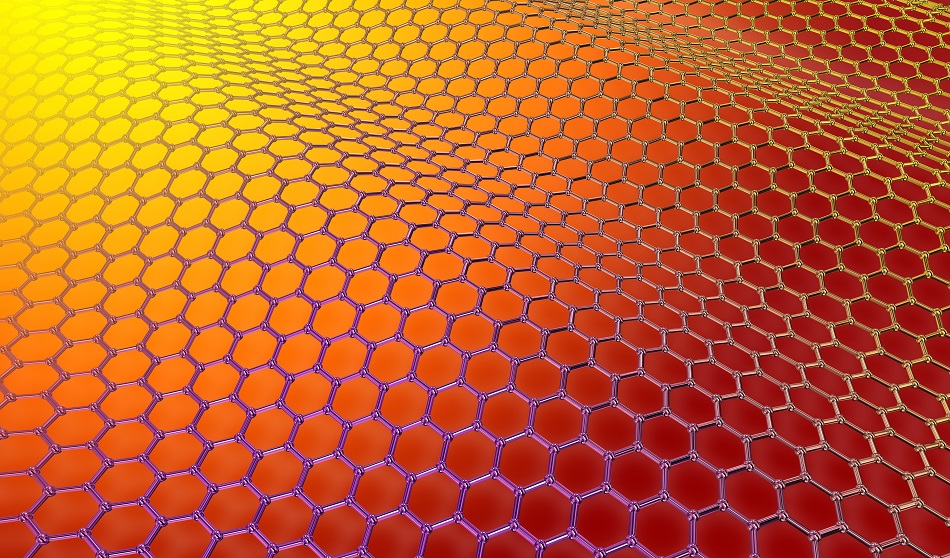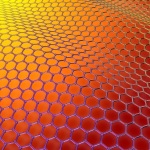“We’ve basically created the first artificial graphene-like structure with transition metal atoms in place of carbon atoms” said Jak Chakhalian, Professor of Physics, U of A “This discovery gives us the ability to create graphene-like structures for many other elements”.
Graphene is a single-atom-thick graphite sheet, discovered in 2004. Compared to today’s silicon transistors, graphene transistors are estimated to be faster and more heat tolerant, and they may help in achieving the next-generation of flexible electronics and more efficient computers. Graphene’s discoverers were awarded with the Nobel Prize in physics in 2010.
The U of A-guided research team has published its results this week in the journal of the American Physical Society, Physical Review Letters, under the title “Mott Electrons in an Artificial Graphene-like Crystal of Rare Earth Nickelate.”
The research team also included U of A postdoctoral research associates; Michael Kareev and Yanwei Cao, doctoral student Xiaoran Liu, and recent doctoral graduate Derek Meyers, now at Brookhaven National Laboratory.
Besides the aforementioned researchers, the following researchers were also members of the group: David Doennig of the University of Munich; Rossitza Pentcheva of the University of Duisburg-Essen in Germany; Zhenzhong Yang, Jinan Shi and Lin Gu of the Chinese Academy of Sciences; and John W. Freeland and Phillip Ryan of the Advanced Photon Source at Argonne National Laboratory, near Chicago.
In 2014, Chakhalian was chosen as a quantum materials investigator for the Gordon and Betty Moore Foundation. His selection came with a $1.8 million grant, which was partially used to support the study. The Chinese Academy of Sciences also partially funded the study.
Photo 1’s caption: Jak Chakhalian, Professor of Physics, U of A;













